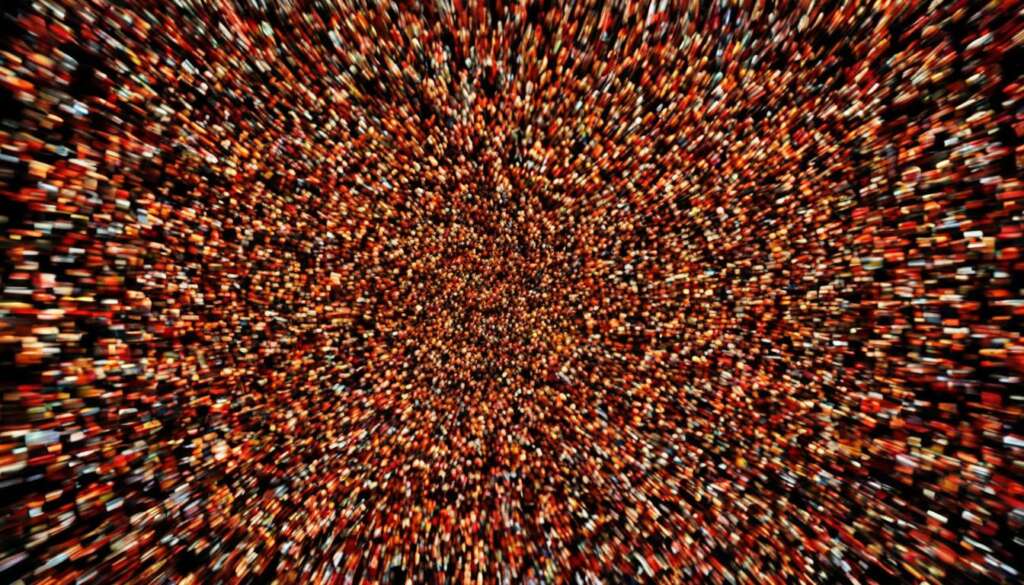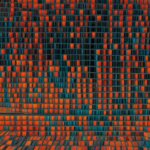Table of Contents
Judder is a common display issue that can impact your viewing experience when watching films on a television. It occurs when content recorded on film is shown on a TV with a 60Hz refresh rate. The causes of judder are related to how the frames are displayed on the screen and the mismatch between the cinematic 24p content and the 60Hz display.
When you watch a film on a 60Hz TV, the software in the TV or DVD player fills in the missing frames by repeating frames that your eye has already seen. However, as 24 frames per second (FPS) doesn’t divide evenly into 60, a 3:2 pulldown method is used. This means that the first frame is displayed 3 times and the second frame is displayed 2 times, resulting in a slightly jittery picture known as judder.
Despite this, most people do not notice judder as we have become accustomed to viewing films on TV using this pulldown method. However, it is important to understand the causes of judder so that you can make informed choices about your TV viewing experience.
In the next sections, we will explore what causes judder on a TV, whether judder can be removed, and how to differentiate judder from stutter, which are two distinct motion display issues. By gaining a better understanding of judder, you can enhance your viewing experience and make informed decisions when purchasing a new TV.
What Causes Judder on a TV?
Judder on a TV is primarily caused by inconsistencies in the way frames are displayed on the screen. This issue becomes particularly noticeable when viewing cinematic 24p content on a TV with a refresh rate of 60Hz.
When displaying 24p content, a 3:2 pulldown process is used to match the frame rate of the content to the refresh rate of the TV. With this process, every other frame is displayed slightly longer than the one before it, introducing uneven pacing that results in judder.
Most TVs still use 60Hz panels, making judder a common problem in the viewing experience. The 24p frame rate does not divide evenly into 60, necessitating the use of this 3:2 pulldown technique, which introduces the juddering effect.
Additionally, other factors can contribute to judder. The cinematic 24p frame rate may not be suitable for fast-moving objects, leading to motion blur and judder. Hardware limitations can also cause frame drops, further exacerbating the judder effect.
To address this issue, newer TVs are equipped with 120Hz panels that can eliminate judder by performing a 5:5 pulldown. This adjustment in refresh rate better matches the 24 frames per second of cinematic content, resulting in smoother motion and eliminating judder.
Overall, judder is primarily caused by the mismatch between the cinematic 24p frame rate and the 60Hz refresh rate of most TVs, along with other contributing factors such as fast-moving content and hardware limitations.
| Issue | Cause |
|---|---|
| Judder | Inconsistencies in frame display, due to the 3:2 pulldown process used with cinematic 24p content on 60Hz panels |
| Fast-Moving Content Blur | Unsuitability of the cinematic 24p frame rate for displaying rapid motion |
| Frame Drops | Hardware limitations leading to dropped frames and further amplifying judder |
Can Judder be Removed?
Some TVs are equipped with features that can remove judder associated with 24p content on a 60Hz display. These TVs can automatically adjust the frame rate by reducing it to 48Hz or increasing it to 72Hz, effectively eliminating judder. Additionally, TVs with 120Hz panels display each frame five times (5:5 pulldown), perfectly matching the 24 frames per second of cinematic content.
It’s important to research TV models to find out which ones have judder removal capabilities for 24p content before making a purchase.

| TV Model | Judder Removal Capability |
|---|---|
| Samsung QLED Q90T | 48Hz, 72Hz, 120Hz panels |
| Sony X900H | 48Hz, 72Hz, 120Hz panels |
| LG CX OLED | 48Hz, 72Hz, 120Hz panels |
Differentiating Judder from Stutter
When it comes to motion display issues on a screen, it’s important to understand the differences between judder and stutter. While both can affect how motion is displayed, they have distinct characteristics.
Judder is primarily caused by inconsistent frame times and the 3:2 pulldown process. When cinematic 24p content is shown on a 60Hz display, the mismatch between the two can result in judder. This occurs when frames are repeated in a specific pattern, causing a slightly jittery picture. The pulldown method used to convert the 24 frames per second content to match the display’s 60Hz refresh rate can introduce this artifact.
On the other hand, stutter is often caused by low frame rates. Unlike judder, which is caused by the timing of frames, stutter occurs when the number of frames displayed and the time between them remain constant. This leads to an unsmooth but consistent motion display. Stutter can be noticeable when the frame rate of the content being displayed is low, such as with older video games or streaming content that experiences buffering issues.
When troubleshooting motion display issues on a TV, it’s crucial to differentiate between judder and stutter. Understanding the characteristics of each can help identify the underlying cause and find appropriate solutions. Whether it’s addressing frame rate issues, adjusting display settings, or investing in a TV with advanced motion processing capabilities, being aware of judder and stutter will contribute to an enhanced viewing experience. (Source: Second source)
FAQ
What is judder on a TV?
Judder is a common display issue that occurs when content recorded on film is shown on a television with a 60Hz refresh rate. It causes a slightly jittery picture due to inconsistencies in frame display.
What causes judder on a TV?
Judder is primarily caused by the mismatch between the cinematic 24p frame rate and a 60Hz display. A 3:2 pulldown process is used to compensate for the difference, resulting in uneven frame pacing and judder. Other factors include frame drops and hardware limitations.
Can judder be removed?
Some TVs have features that can remove judder associated with 24p content on a 60Hz display. These TVs can adjust the frame rate to 48Hz or 72Hz, effectively eliminating judder. TVs with 120Hz panels can also eliminate judder by displaying each frame five times (5:5 pulldown).
How is judder different from stutter?
Judder and stutter are both motion display issues, but they have distinct characteristics. Judder is caused by inconsistent frame times due to the 3:2 pulldown process and the mismatch between cinematic 24p content and a 60Hz display. Stutter, on the other hand, is usually caused by low frame rates and results in unsmooth but consistent motion.













